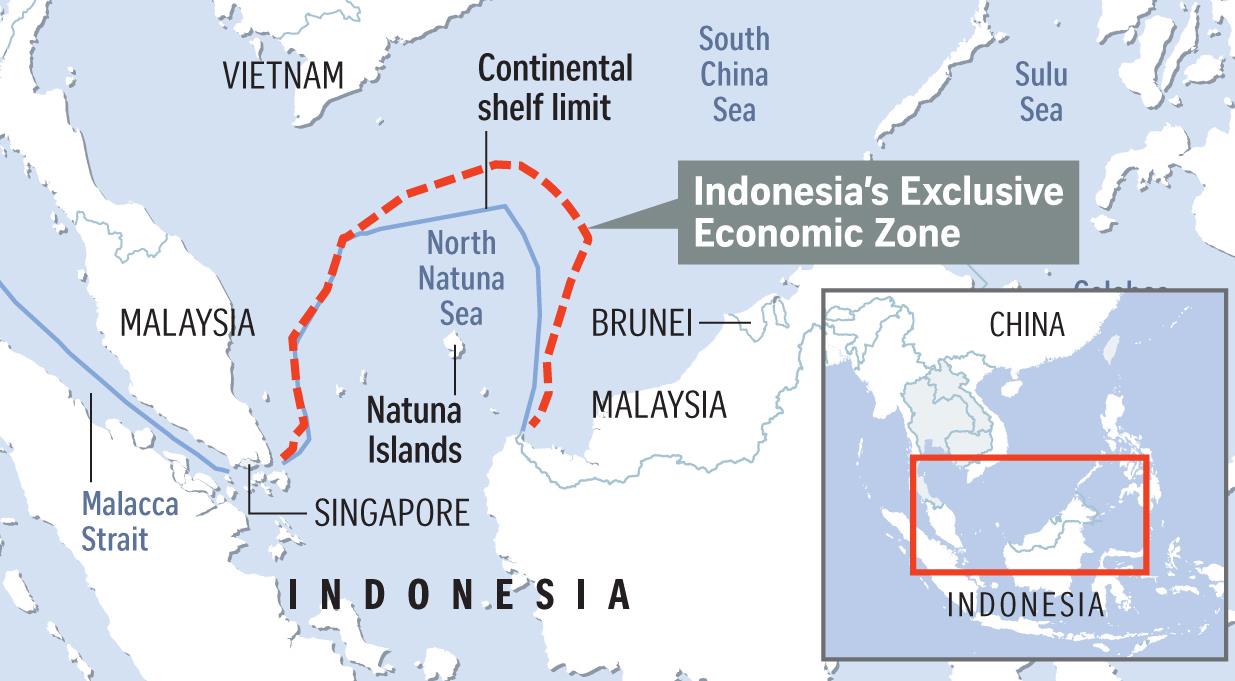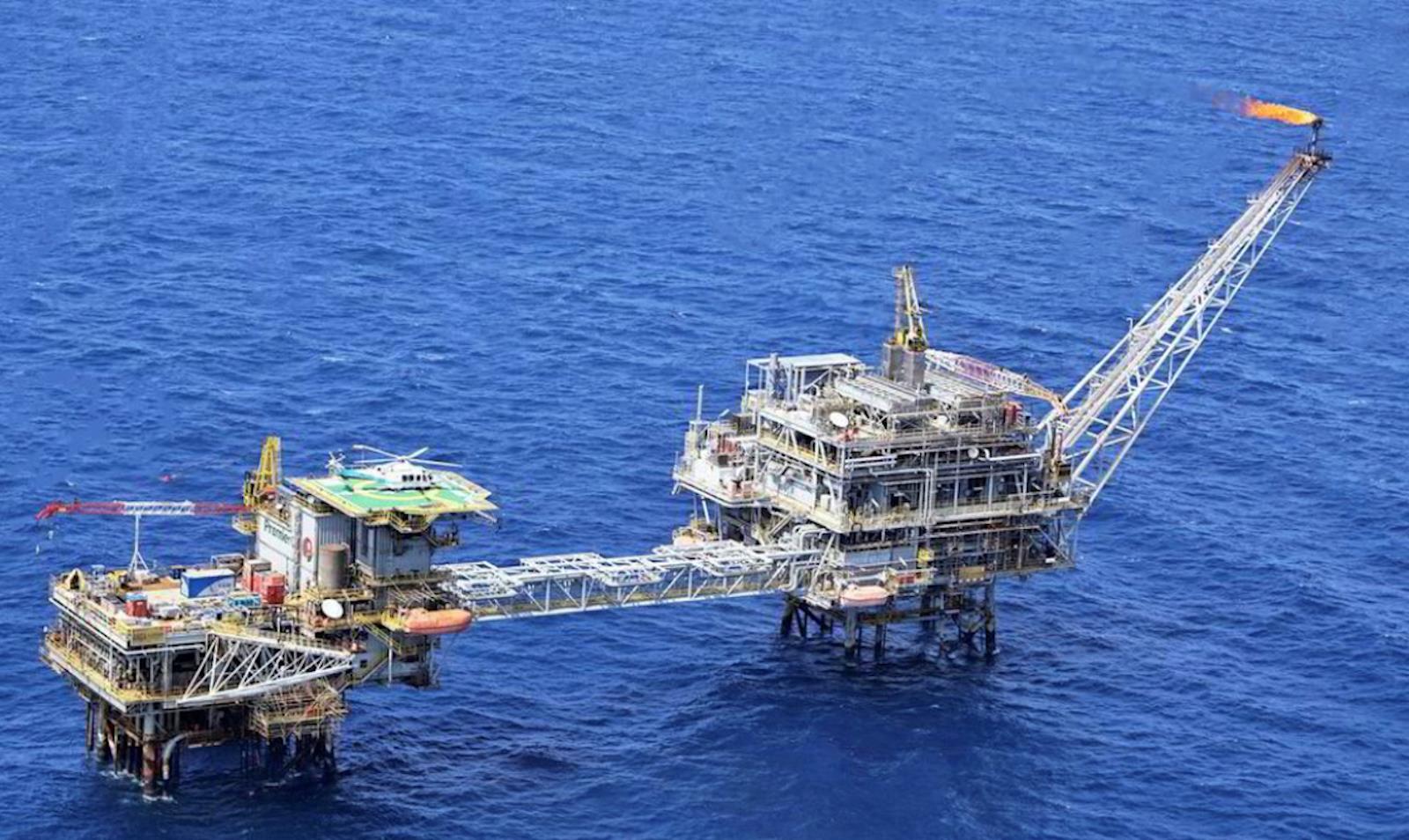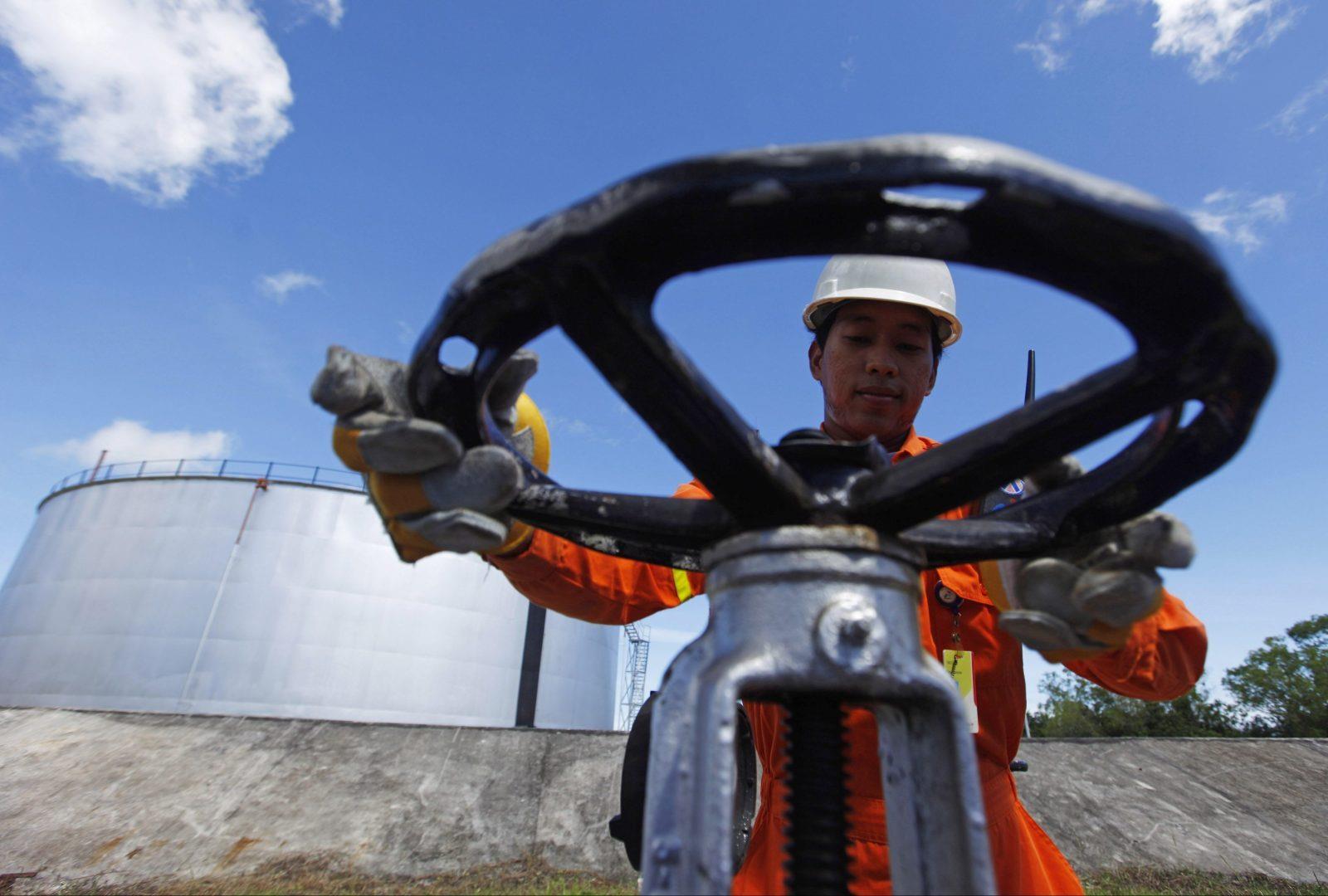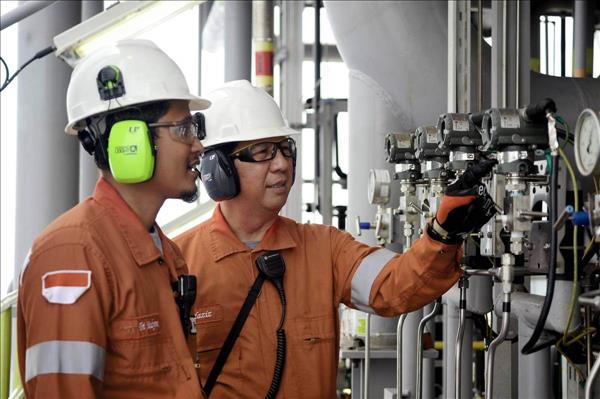
China Spiking Indonesia's Offshore Oil And Gas Risk
JAKARTA – After unilaterally extending its territorial claims into Indonesia's Economic Exclusion Zone (EEZ), China has yet to respond to plans by British oil company Harbour Energy PLC to pipe newly-discovered natural gas from its Tuna block across the maritime border into Vietnam's offshore network.
Harbour discovered the Tuna field in 2014 and was in the process of drilling two appraisal wells in July 2021 when a Chinese Coast Guard vessel approached the company's rented semi-submersible rig and told it to cease operations.
That and a subsequent message from the Chinese Foreign Ministry was the first time Jakarta became aware that Beijing was intent on enforcing its vague nine-dash line of claimed territorial sovereignty – in the same way it has already done so with Vietnam and the Philippines – in Indonesian waters.
Over the next seven weeks, the Chinese research ship Haiyang Dizhi 10 and two coast guard cutters carried out an extensive seabed survey around the rig in a clear attempt at intimidation – and despite being shadowed by a fleet of Indonesian Navy corvettes with orders not to interfere.
The Indonesian government made no official protest but instead announced plans to turn the North Natuna Sea into a special economic zone (SEZ) with tax breaks to attract foreign investment and the construction of new military facilities on the main island of Natuna Besar.
Harbour and Russia's state-owned JSC Zarubezhneft have an equal 50% share in the Tuna block, which contains a conservative 100 million barrels of oil equivalent a day (MMBOE) – 55% gas and 45% liquids, according to the latest company reports.
Harbour says it is on track to submit a Plan of Development (PoD) later this year with a final investment decision targeted for the end of 2023. But none of its reports have specifically mentioned any of the geopolitical risks surrounding the project.
In 2017, Harbour signed a memorandum of understanding with PetroVietnam to deliver the gas 70 kilometers to the existing 325-kilometer-long Nam Con Song pipeline network off Vietnam's southeast coast.
Zarubezneft has a 33% interest in the network, which it bought from compatriot firm Rosneft last year. When it was opened in 2014, the US$1.3 billion pipeline was designed to transport imported gas from neighboring countries.
Analysts believe Russia's involvement in the project may give China some pause given the growing relationship between Moscow and Beijing as a result of the Ukraine War and the movement of US 7th Fleet carrier battle groups in the South China Sea.

Source: Twitter
Apart from an isolated incident about a month ago when Indonesian and Chinese warships exchanged testy radio messages, there have been few recent incidents around Tuna in the far northern corner of Indonesia's EEZ.
Last November, Chinese President Xi Jinping sought to reassure Southeast Asian leaders at a special summit in Beijing that China has no intention of bullying its smaller neighbors, despite playing its part in stoking tensions in the region.
“China was, is, and will always be ASEAN's good neighbor, good friend and good partner,” he said.“China will never seek hegemony, much less bully smaller countries.”
His remarks came only a week after Chinese Coast Guard vessels intercepted and fired high-pressure water cannon at boats carrying supplies to Philippine military outposts in the northeastern section of the disputed Spratly Islands.
Harbour already has a 28.67% operating interest in the Natuna Sea Block A, with seven producing fields lying about 300 kilometers southwest of Tuna which have supplied gas to Singapore through the 640-kilometer West Natuna Transportation System since 2001.
Meanwhile, with most of the big oil majors either gone or heading for the exits, Harbour and Spanish oil company Repsol are leading the search for what experts say may be Indonesia's largest offshore gas discovery in two decades.
Repsol and Malaysia partner Petronas are now engaged in a $130 million drilling program in their deep-water Andaman III block, 100 kilometers off the Aceh coast, which is thought to contain about 4-5 trillion cubic feet (TCF).
Located in a structure stretching from Aceh into the Andaman Sea, the drilling is close to the platforms that supplied ExxonMobil's old six-train Llokseumawae plant that launched Indonesia into the global LNG export trade in the early 1970s.
Harbour's Timpan discovery in the neighboring Andaman II block is believed to contain an additional 1 TCF, with its proximity to Andaman III suggesting it could be incorporated into the overall development if further drilling determines the project is economical.

A Harbour Energy offshore platform in Indonesian waters. Image: Harbour Energy Website
Rehabilitating Arun's regasification terminal is not considered viable, eight years after it ceased operations. More likely, the gas will be designated for the domestic market, using the Lhokseumawe port and the Arun-Belawan pipeline to Medan, the North Sumatra province capital.
The Andaman gas could also be piped into another existing network in southern Sumatra, which carries gas from the Dayung, Sumpal and Suban onshore gas fields across the Sundra Strait to power plants and industrial sites around Jakarta.
The three fields are part of the Corridor Block ConocoPhillips sold last year to Indonesia's MedcoEnergi for $1.35 billion, along with its 35% stake in the TransAsia Pipeline Company.
Discovered in 1991, Corridor still has proven reserves of 70 million barrels of oil equivalent (MBOED), or 50,000 MBOED a day.
ConocoPhillipsbecome the latest of the major oil companies to quit Indonesia after Royal Dutch Shell pulled out of its joint venture with Japan's Inpex Corp to develop the remote Masela gas field in the Arafura Sea, close to Indonesia's maritime border with Australia.
Shell lost interest in the $20 billion, 10 million TCF project when newly-elected President Joko Widodo decided in 2015 to change Masela from an offshore to an onshore operation, adding $4 billion to the overall cost because of the need to run a pipeline across a 3,000-meter-deep undersea trench.
Previously, Chevron announced it was abandoning its long-planned Indonesia Deepwater Development (IDD) in East Kalimantan, apparently in response to the government's failure to renew its contract in Rokan, the country's largest producing oilfield in Riau.
ExxonMobil has denied rumors it is withdrawing from the Cepu oil and gas block in East Java, but it may only be a matter of time.“Once the field is no longer a cash cow and Pertamina becomes an irritant as a partner, Exxon will exit, perhaps in the next 18 months,” says one industry source.

An Indonesian oil worker opens a gauge near crude oil tanks on Bunyu island, East Kalimantan province, in a file photo. Photo: Facebook
Legislator Eddy Soeparno, deputy chairman of Parliament's natural resource commission, last month urged the government to form a special task force to lay out a clear timeline for improving the oil and gas investment climate and addressing new environmental concerns.
The only other top-ranked company remaining in Indonesia is Anglo-American firm BP, operator of the country's largest natural gas resource in western Papua, which has increased its reserves to nearly 30 TCF since it went into operation in 2009.
The onset of the Covid pandemic resulted in long delays in the construction of a third $8.9 billion production train at the company's Tangguh LNG facility. It is now not likely to come on stream until March next year, producing 3.4 million tonnes a year, mostly for the domestic market.

Legal Disclaimer:
MENAFN provides the
information “as is” without warranty of any kind. We do not accept
any responsibility or liability for the accuracy, content, images,
videos, licenses, completeness, legality, or reliability of the information
contained in this article. If you have any complaints or copyright
issues related to this article, kindly contact the provider above.
Most popular stories
Market Research

- Versus Trade Launches Master IB Program: Multi-Tier Commission Structure
- Mutuum Finance (MUTM) New Crypto Coin Eyes Next Price Increase As Phase 6 Reaches 50% Sold
- Flexm Recognized As“Highly Commended” In The Regtech Category At The Asia Fintech Awards Singapore 2025
- Tappalpha's Flagship ETF, TSPY, Surpasses $100 Million In AUM
- Stocktwits Launches Stocktoberfest With Graniteshares As Title Partner
- Pendle Grows An Additional $318 Million TVL Just 4 Days After Plasma Launch




















Comments
No comment